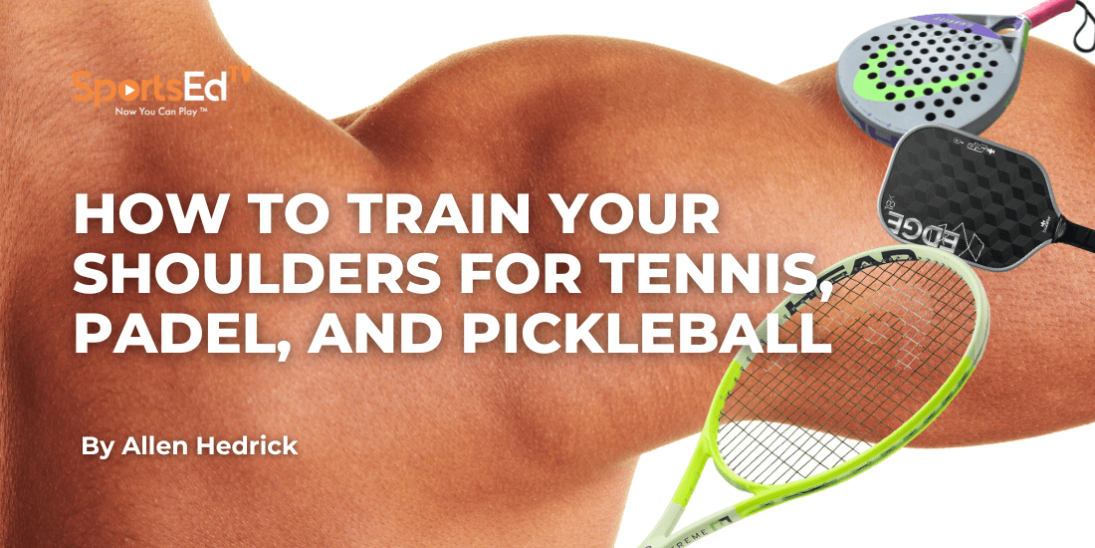Padel
Welcome and thanks for visiting...

What is Padel? The Ultimate Guide to the Fast-Growing Sport
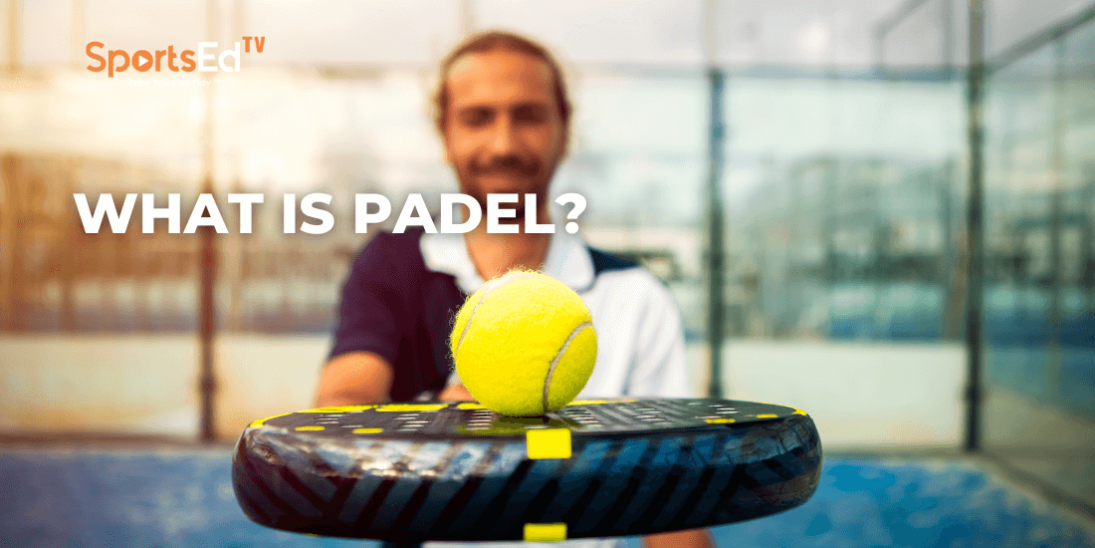
Get ready to dive into the exhilarating world of padel, the dynamic sport rapidly capturing hearts and courts around the globe! With its unique mix of tennis and squash, padel invites players of all ages and skill levels to enjoy fast-paced action and strategic gameplay. This exciting game is not just about hitting a ball; it’s a social experience that fosters camaraderie and connection, making it the perfect way to bond with friends or meet new ones. As urban centers embrace dedicated padel courts, more enthusiasts are discovering the thrill of smashing, volleying, and outmaneuvering opponents in this agile, compact sport. Whether you’re a seasoned racquet sports aficionado or a total newbie, padel promises an unforgettable experience. Join us as we explore the origins, rules, and burgeoning popularity of Padel—an amazing journey that could ignite your passion for the game and inspire you to step onto the court!
The Origins and Evolution of Padel
Padel, a sport that combines elements of tennis and squash, has an intriguing history that dates back to the late 1960s. It all began in Acapulco, Mexico, where a local businessman, Enrique Corcuera, decided to modify his squash court to create a new game. By adding walls to his existing court and using a solid paddle instead of a stringed racket, Corcuera laid the foundation for what would soon become one of the fastest-growing sports worldwide. His vision was to create a game that was accessible, enjoyable, and could be played by people of all ages and skill levels. Little did he know that his innovation would spark a global phenomenon.

The evolution of padel took a significant turn when Alfonso de Hohenlohe, a friend of Corcuera, visited Mexico and became captivated by the new sport. Enthusiastic about its potential, Hohenlohe introduced padel to Spain in 1974. He built the first two padel courts at the Marbella Club, a popular resort on the Costa del Sol. The game quickly gained traction among the Spanish elite and soon spread across the country. By the 1980s, padel had established a strong presence in Spain, becoming a popular pastime for both locals and tourists.
Padel's journey from a niche sport to an international sensation continued as it made its way to Argentina. Argentine entrepreneurs who had experienced padel in Spain were eager to bring the sport back home. By the mid-1980s, padel courts began to appear in Buenos Aires and other major cities. The sport's popularity soared in Argentina, where it became deeply ingrained in the country's sporting culture. Today, padel is played in over 50 countries, with millions of enthusiasts worldwide. The sport's rapid growth can be attributed to its accessibility, social nature, and the sheer enjoyment it offers to players of all levels.
Why Padel is Gaining Popularity Worldwide
One of the key reasons for Padel's burgeoning popularity is its accessibility. Unlike many sports that require a high level of skill to enjoy, padel can be picked up relatively quickly by beginners. The smaller court and slower ball speed compared to tennis make it easier for new players to get the hang of the game. This accessibility has made padel particularly appealing to families, as it can be enjoyed by children, parents, and even grandparents. The ease of learning the basics allows players to have fun and experience success early on, which is a significant motivator for continued participation.
Another factor contributing to Padel's global appeal is its social aspect. Padel is typically played in doubles, which means that four players are on the court at the same time. This format encourages interaction, teamwork, and communication among players. The smaller court size also means that players are closer to each other, fostering a sense of camaraderie and connection. Padel matches are often filled with laughter, banter, and friendly competition, making it a great way to strengthen existing friendships and form new ones. The social nature of Padel has led to the creation of vibrant Padel communities in many cities worldwide.
The unique blend of physical activity and strategic gameplay in Padel is another reason for its rising popularity. Padel offers a full-body workout that improves cardiovascular health, strengthens muscles, and enhances coordination. The game's emphasis on strategy and tactics keeps players mentally engaged, as they must constantly anticipate their opponents' moves and plan their responses. This combination of physical and mental stimulation makes Padel an exciting and rewarding sport. Additionally, the relatively low risk of injury compared to other high-impact sports makes Padel an attractive option for people looking to stay active without putting too much strain on their bodies.
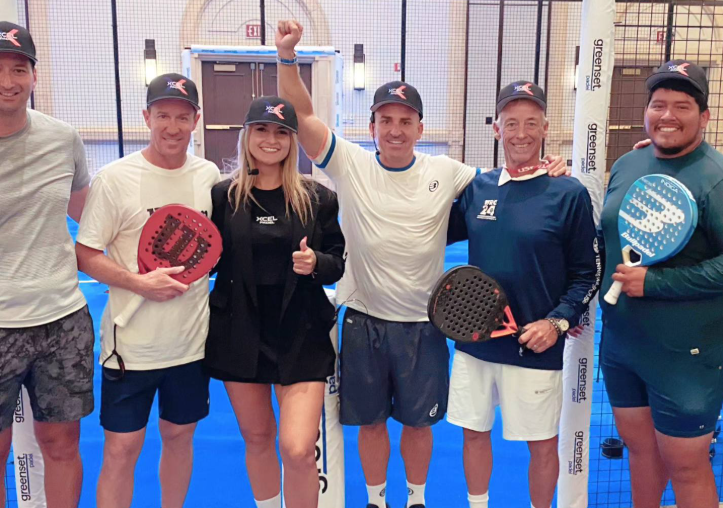
The Rules and Gameplay of Padel
Padel is played on an enclosed court smaller than a tennis court, measuring 20 meters in length and 10 meters in width. The court is divided into two halves by a net, and the playing area is surrounded by walls, which are integral to the game. The walls, typically made of glass or solid materials, allow the ball to rebound, adding an extra dimension to the gameplay. The surface of the court is usually made of artificial turf, which provides good traction and reduces the risk of injury.
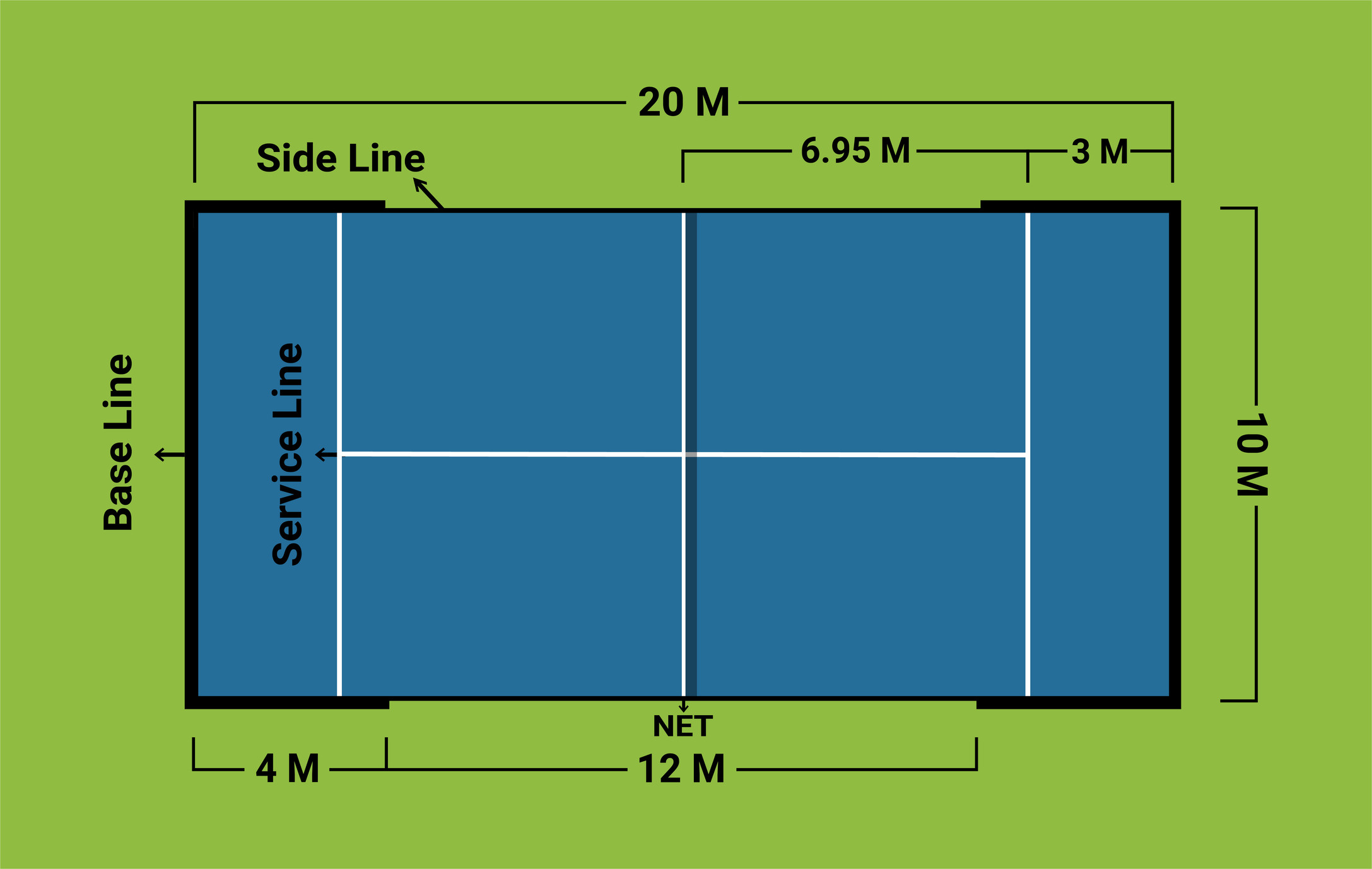
Serving and Scoring
The game begins with an underhand serve, which must be hit diagonally into the opponent's service box. Unlike tennis, the serve in padel must bounce once on the ground before it can hit the back wall. The server has two chances to make a valid serve. If both serves are faults, the point is lost. The ball must also bounce once in the opponent’s service box before it hits the back wall. This gives the receiving team more time to prepare for the return.
Points are scored in the same way as tennis, with games, sets, and matches being played to determine the winner. The scoring system uses the traditional tennis format of 15, 30, 40, and deuce, but with a slight twist. When the score reaches a deuce (40-40), the next point won results in an immediate win for the game—there is no advantage point, which speeds up play and keeps the action dynamic.
Ball in Play and Using the Walls
Once the ball is in play, players can use the walls to their advantage, strategically hitting the ball off the walls to create difficult angles for their opponents. The walls can be used in various ways: players can hit the ball against the back wall to bounce it to the opponent's side, or they can let the ball bounce off the side walls for angle shots. The walls are a key feature that sets padel apart from similar racquet sports like tennis and squash.
One of the most important rules in Padel is that the ball must always bounce on the ground before hitting the walls. This rule ensures that the game remains fast-paced and prevents players from relying solely on hitting the ball off the walls. Additionally, the ball can only bounce once on the ground before it must be returned. The opposing team is awarded a point if the ball bounces more than once.
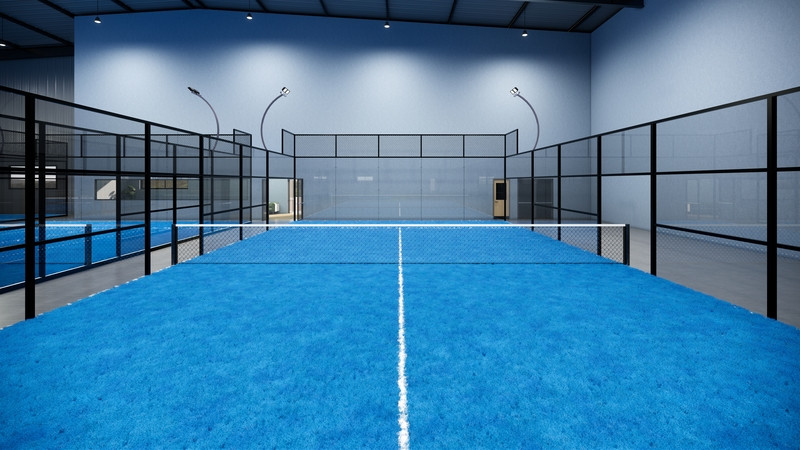
Faults and Let Rules
The serve must also land within the service box and not hit the net or the back fence on the bounce. If the ball hits the fence, it is considered a fault. Similarly, players must ensure that they do not hit the ball out of bounds; a shot that goes outside the designated playing area or lands in the net is deemed a fault, and the opposing team wins the point.
The no-ad scoring system keeps matches short and dynamic, adding to the excitement of the sport. When a game reaches deuce, the next point wins the game, making every point a potential match-winner.
Essential Equipment for Playing Padel
To get started with Padel, you'll need some essential equipment. Here’s a breakdown of the key items that will help you perform at your best on the court:
Padel Racket
To get started with Padel, your most important piece of equipment is the Padel racket. Unlike traditional tennis rackets, padel rackets are solid and perforated with holes to reduce air resistance and improve control. They are generally made from materials like carbon fiber, fiberglass, and foam, which help balance power and maneuverability. Padel rackets come in different shapes, such as round, teardrop, and diamond, with each offering varying levels of power and control. Round rackets are ideal for beginners because they provide better control, while teardrop and diamond-shaped rackets are more suited for advanced players seeking extra power.

Padel Ball
The Padel ball is similar to a tennis ball but slightly smaller and less pressurized, which results in a lower bounce. This difference in bounce allows for longer rallies and more strategic shot-making, which enhances the overall experience of the game. It's essential to use balls specifically designed for padel, as these have a lower bounce and are designed for optimal performance on a padel court. Using the right padel balls ensures consistency and durability during matches, which is crucial for recreational and competitive play.
Padel Footwear
Proper footwear is critical for playing padel safely and effectively. Padel shoes are designed to provide excellent grip, support, and stability on the artificial turf surfaces commonly used on padel courts. These shoes typically feature a herringbone or multi-directional tread pattern that provides traction for quick lateral movements and sudden direction changes, which are frequent in padel. Additionally, padel shoes offer cushioning to reduce the impact on your joints and enhance comfort, allowing you to play longer without discomfort or injury.
Accessories: Wristbands and Headbands
Though not essential, wristbands and headbands can be incredibly useful when playing padel. These accessories help manage sweat, preventing it from interfering with your grip on the racket or your vision. Keeping sweat out of your eyes and off your hands is crucial for maintaining focus during intense rallies and matches. While these items might seem minor, they can make a big difference in your comfort and overall performance on the court.
Protective Eyewear
For beginners and even intermediate players, protective eyewear is a smart addition to your padel kit. While Padel is a relatively low-impact sport, the fast pace of the game means that accidental hits to the face or eyes can occur. Protective eyewear reduces the risk of eye injuries, ensuring you can enjoy the sport without concern. Wearing goggles or sport-specific glasses also improves focus, as players don’t have to worry about eye irritation or debris, particularly when playing outdoors.
Padel Bag
A padel bag is essential for keeping your equipment organized and safe. Designed to fit your racket, shoes, balls, and other accessories, a padel bag offers convenient storage for everything you need for a match or practice session. Many bags come with dedicated compartments for each item, ensuring that your gear stays protected and easy to access. Investing in a good-quality padel bag helps you transport your equipment in style and keeps everything you need in one place.
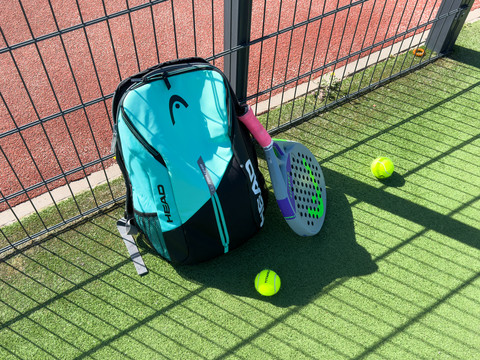
Health Benefits of Playing Padel
Playing padel offers a wide range of health benefits, making it an excellent choice for those looking to stay active and improve their overall well-being. One of the most significant benefits of padel is its cardiovascular impact. The fast-paced nature of the game, with its quick rallies and constant movement, provides an excellent cardiovascular workout. Regularly playing padel can help improve heart health, increase stamina, and enhance overall cardiovascular fitness. The aerobic exercise involved in padel can also help reduce the risk of heart disease, lower blood pressure, and improve cholesterol levels.
Padel is also a great way to build and tone muscles. The various movements required in padel, such as running, jumping, and swinging the racket, engage multiple muscle groups throughout the body. The legs, arms, core, and back muscles all get a workout during a game of padel. The repetitive motion of hitting the ball helps strengthen the muscles in the arms and shoulders, while the quick lateral movements and sprints build leg strength and agility. Additionally, the rotational movements involved in hitting the ball engage the core muscles, helping to improve core strength and stability.
In addition to the physical benefits, padel also offers mental health benefits. The strategic nature of the game requires players to think ahead, anticipate their opponents' moves, and make quick decisions. This mental engagement helps improve cognitive function, enhance concentration, and boost problem-solving skills. The social aspect of Padel, with its emphasis on teamwork and communication, can also have a positive impact on mental health. Playing padel with friends or meeting new people on the court can reduce stress, improve mood, and provide a sense of community and belonging.
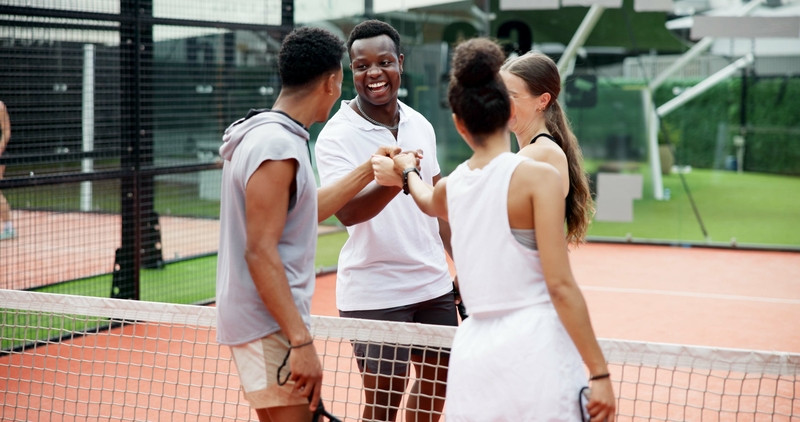
How to Get Started with Padel: Tips for Beginners
If you're new to Padel and eager to get started, there are a few tips that can help you make the most of your experience. First and foremost, it's essential to learn the basic rules and techniques of the game. Understanding how to serve, hit the ball, and use the walls effectively will give you a solid foundation to build on. Many padel clubs and facilities offer beginner lessons and clinics, where you can learn the fundamentals from experienced coaches. Taking advantage of these resources can help you develop good habits and improve your skills quickly.
Practicing regularly is key to becoming a proficient padel player. Consistency is important, so try to set aside time each week to play and practice. Whether you're hitting the ball against the wall, playing with friends, or joining a local league, the more you play, the more you'll improve. Focus on developing your technique, footwork, and shot selection. Watching videos of professional Padel players can also provide valuable insights and help you understand the strategies and tactics used at higher levels of play.
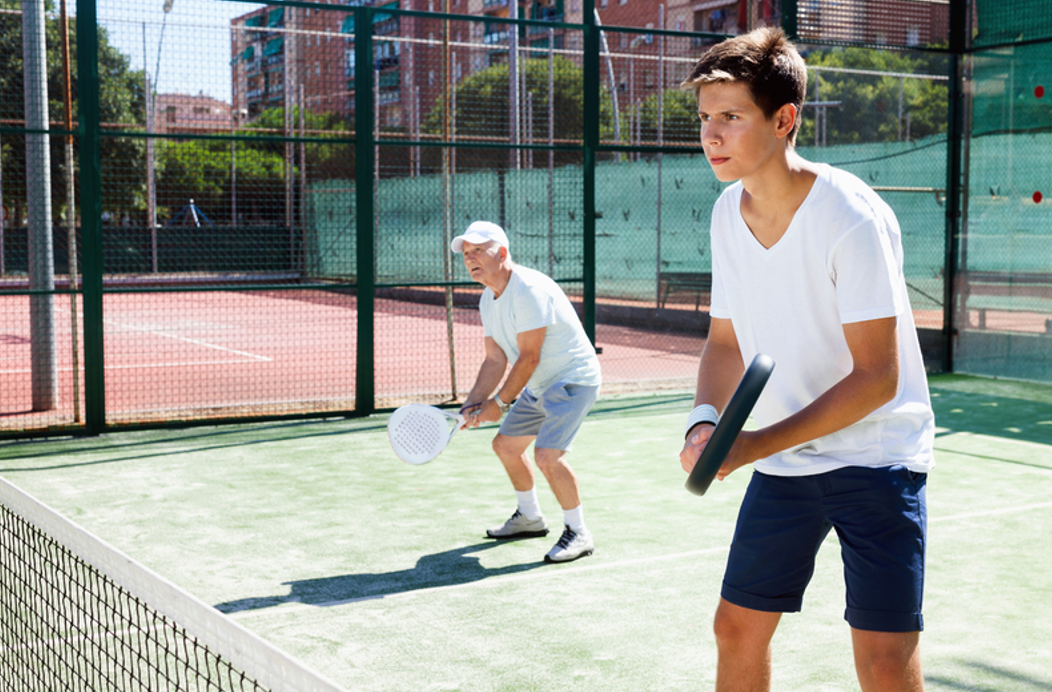
One of the best ways to improve your padel skills is to play with and against players of different skill levels. Playing with more experienced players can challenge you and help you learn from their techniques and strategies. On the other hand, playing with beginners or players at your level can give you the opportunity to practice and refine your skills in a more relaxed setting. Don't be afraid to ask for feedback and advice from other players. The Padel community is known for being friendly and welcoming, and most players are happy to help newcomers improve.
Finally, remember to have fun and enjoy the game. Padel is a social sport that offers a great way to stay active, meet new people, and have fun. Don't get too caught up in winning or losing; focus on enjoying the experience and improving your skills. With time, practice, and a positive attitude, you'll find yourself becoming a better player and enjoying the many benefits that Padel has to offer.
The Best Padel Clubs and Facilities Around the World
As Padel continues to gain popularity worldwide, numerous clubs and facilities have emerged to cater to the growing demand. These venues offer top-notch courts, coaching, and a vibrant community of padel enthusiasts. One of the most renowned padel clubs is the Real Club Padel Marbella in Spain, where padel was first introduced to Europe. Located in the picturesque Costa del Sol, the Marbella Club boasts state-of-the-art courts, professional coaching, and a rich history that attracts players from around the world. The club's luxurious surroundings and excellent facilities make it a must-visit destination for padel enthusiasts.
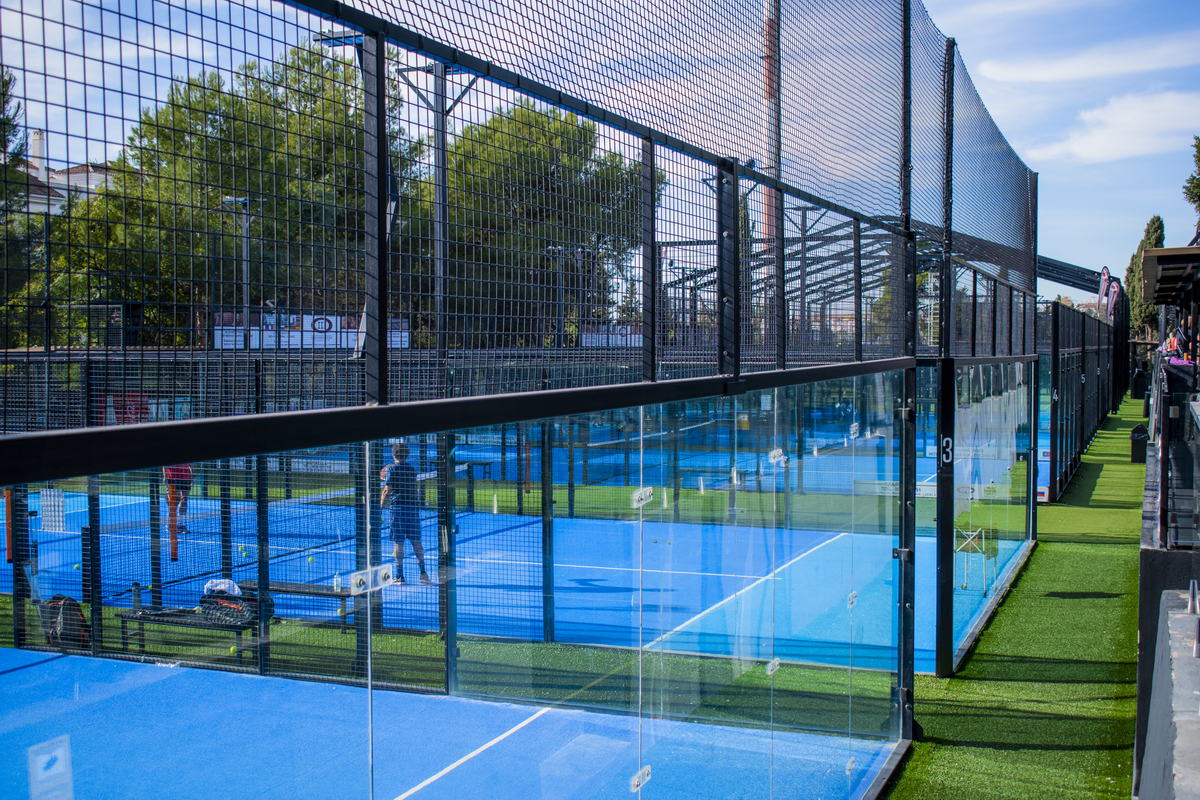
In Argentina, the Buenos Aires Lawn Tennis Club is a prominent venue for padel. With its rich sporting tradition and top-quality courts, the club has become a hub for padel players in the region. The Buenos Aires Lawn Tennis Club offers a range of coaching programs, tournaments, and social events, creating a vibrant and welcoming community for padel enthusiasts. The club's commitment to promoting the sport and fostering a love for padel has made it a popular destination for both local and international players.
Dubai is another city that has embraced the padel phenomenon, with several world-class facilities catering to the growing number of enthusiasts. The Dubai Padel Academy, located at the Nad Al Sheba Sports Complex, offers top-notch courts, professional coaching, and a range of programs for players of all levels. The academy's state-of-the-art facilities and experienced coaches have made it a leading destination for padel in the Middle East. Dubai's commitment to promoting Padel is evident in the numerous tournaments and events hosted in the city, attracting players and fans from around the globe.
Other notable padel clubs and facilities can be found in countries like Sweden, Italy, and the United States. These venues offer excellent courts, coaching, and a vibrant community of padel enthusiasts. As the sport continues to grow, more and more cities are investing in padel facilities, making it easier for players to find a place to play and connect with fellow enthusiasts. Whether you're traveling or looking for a local club, there are plenty of options to choose from, ensuring that you can enjoy the thrill of padel wherever you go.
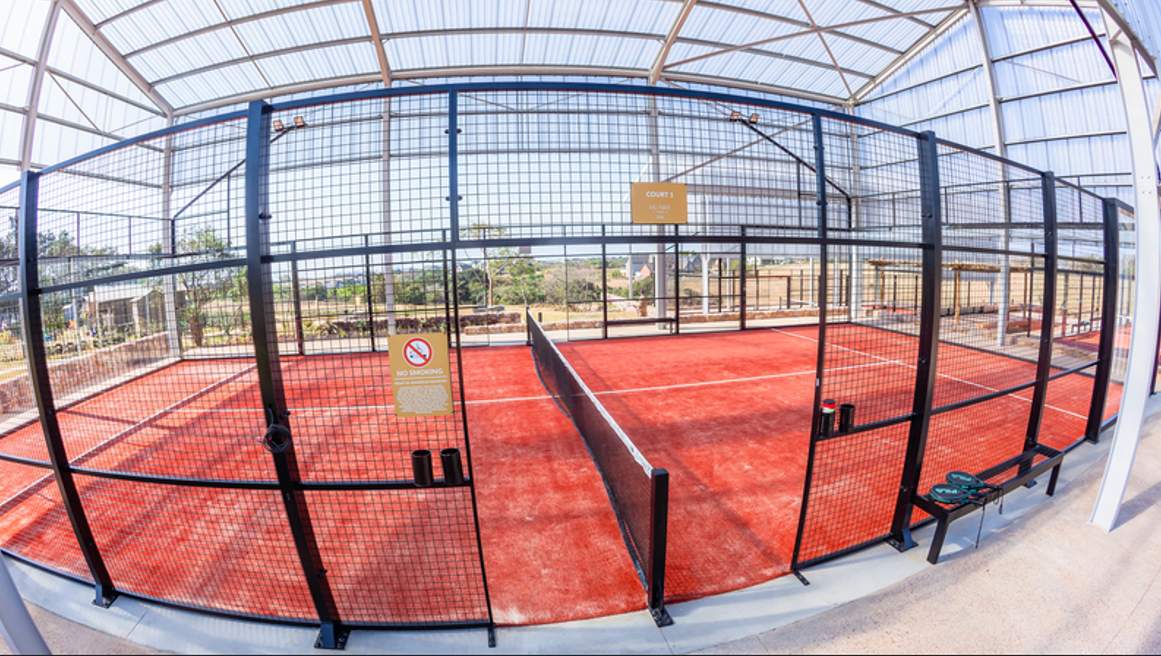
Padel Tournaments and Events to Watch
The rise of Padel as a global sport has led to the creation of numerous tournaments and events that showcase the best talent in the game. One of the most prestigious events in the Padel calendar is the World Padel Tour (WPT). The WPT is the premier professional padel circuit, featuring the top male and female players from around the world. The tour consists of several tournaments held in different cities, culminating in the Master Final, where the best players compete for the ultimate prize. The World Padel Tour provides thrilling matches, showcasing the highest level of skill, strategy, and athleticism in the sport.
Another significant event in the Padel world is the Padel World Championship, organized by the International Padel Federation (FIP). The championship is held every two years and brings together national teams from around the world to compete for the title of world champions. The event features both men's and women's competitions, with teams representing their countries in a display of national pride and sporting excellence. The Padel World Championship is a celebration of the sport's global reach and the incredible talent of its players.
In addition to these major events, there are numerous regional and national tournaments that provide exciting opportunities for players and fans. In Spain, the Spanish Padel Federation (FEP) organizes various national championships and tournaments, attracting top players from across the country. Similarly, Argentina hosts several prestigious events, including the Argentine Padel Masters, which draws the best talent from the region. These tournaments offer thrilling matches and the chance to see some of the best padel players in action.
For fans looking to stay up to date with the latest padel events, there are several online platforms and streaming services that provide coverage of major tournaments and matches. The World Padel Tour's official website and social media channels offer live streaming, highlights, and exclusive content, allowing fans to follow their favorite players and stay connected with the sport. Whether you're a seasoned fan or new to the game, watching Padel tournaments and events is a great way to experience the excitement and passion of this dynamic sport.
The Future of Padel and Its Global Impact
As Padel continues to grow in popularity worldwide, its future looks incredibly bright. The sport's accessibility, social nature, and unique blend of physical and mental challenges make it an appealing option for people of all ages and backgrounds. With more and more cities investing in padel facilities and clubs, the sport's reach is expanding, creating vibrant communities of players and enthusiasts. The rise of professional circuits like the World Padel Tour and prestigious events like the Padel World Championship have further elevated the sport's profile, attracting new fans and inspiring the next generation of players.
The global impact of padel extends beyond the courts, as the sport fosters a sense of community, connection, and camaraderie among its players. The social aspect of Padel, with its emphasis on teamwork and communication, helps build strong relationships and create lasting bonds. Whether you're playing with friends, family, or new acquaintances, the shared experience of padel brings people together and promotes a healthy, active lifestyle.
In the coming years, we can expect continued growth and development in the padel world. Innovations in equipment, training methods, and facilities will enhance the playing experience, making the sport more enjoyable and accessible. As more countries embrace Padel and invest in its infrastructure, the sport's global footprint will expand, bringing the thrill of Padel to new audiences worldwide. Whether you're a seasoned player or a curious newcomer, there's never been a better time to discover the exciting world of padel and experience the joy, challenge, and camaraderie it offers.
So, what are you waiting for? Grab a racket, head to your nearest padel court, and join the millions of enthusiasts worldwide who have fallen in love with this fast-paced, exhilarating sport. Discover the thrill of smashing, volleying, and outmaneuvering your opponents, and experience the unique blend of physical and mental challenges that make Padel such an unforgettable game. The world of padel is waiting for you—it's time to step onto the court and start your padel journey!






